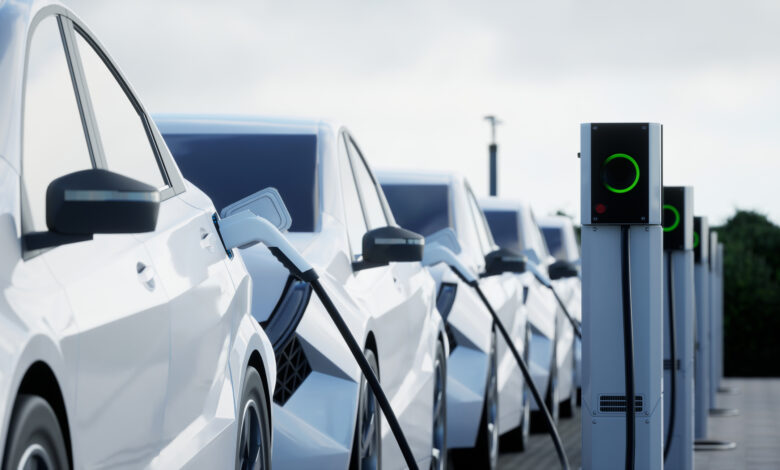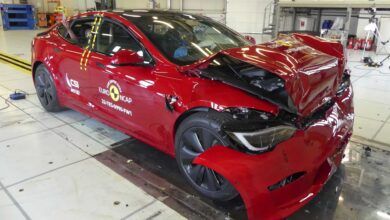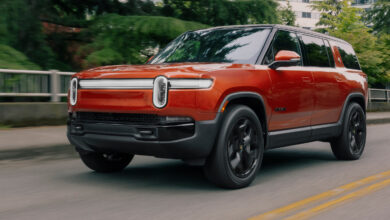McKinsey: 46% of U.S. EV owners want to switch to ICE vehicles

Forty-six percent of current electric vehicle (EV) owners in the United States told McKinsey & Co. they would likely switch back to an internal combustion engine (ICE) vehicle during the firm’s 2024 Mobility Consumer Global Survey.
Globally, 29% of EV owners are considering switching back to ICE, the survey results show.
Thirty-five percent of respondents said an inadequate charging infrastructure was one reason they wanted to switch. Other top answers included total costs of ownership and too much impact on long-distance trips.
These also were the top concerns for 21% of respondents globally who said they would never want to switch to an EV. The number remained unchanged from 2022 and declined by 3% from 2021.
Eighteen percent of respondents said their next vehicle will be an EV, an increase from 16% in 2022 and 14% in 2021.
The survey also explored other mobility issues such as driving assistance features and autonomous vehicles (AV).
Respondents in the U.S. aren’t making driving assistance features a priority in their next car purchase, survey results show. It was a non-essential purchase factor for 48%. Forty-three percent said it was a rounding-out purchase factor and only 9% said it was a main purchase factor.
Only 11% of American respondents support government legalization of fully autonomous vehicles on the road today. Forty-eight percent said they’d support it in a few years and 41% said they’d never support it.
Fifty-three percent of global respondents said AV safety has to increase before they would support autonomous technology.
Yet, 67% of Americans said they were open to using shared autonomous shuttles.
Globally, 29% of respondents said they want to replace their car in the future and use other forms of transportation. That number increased from 18% in 2022 and 20% in 2021. Car expense was the top reason respondents wanted to replace their car, followed by a desire to live a more sustainable lifestyle and no need to commute because of remote work.
A BloombergNEF 2024 Electric Vehicle Outlook found EV markets around the world are not all traveling in the same direction or at the same speed.
“Sales of EVs continue to rise globally, but some markets are experiencing a significant slowdown and many automakers have pushed back their EV targets,” the report says.
The report notes that several automakers, including Tesla, Mercedes-Benz, General Motors, and Ford have made cuts to their near-term goals for EVs since the start of 2023.
Other OEMs hold their ground, the report says. This includes Kia which targets all EV sales of 1.6 million by 2030, or about 37% of their total sales.
“In the next four years, electric car sales grow at an average of 21% per year, compared to the average of 61% between 2020 and 2023,” the report says. “The EV share of global new passenger vehicle sales jumps to 33% in 2027, from 17.8% in 2023. Only China (60%) and Europe (41%) are above that global average by then, but some European car markets move even faster, with the Nordics at 90% and Germany, the UK, and France all well above 40%.”
Yet, the U.S. is moving at a different pace, the report says.
“In the U.S., EV market jitters inflamed by the upcoming presidential election helped slow down adoption this year, and by 2027 only 29% of cars sold in the country [will be] electric,” the report says.
Even the Biden administration seems to be backtracking on previously proposed policy.
The National Highway Traffic Safety Administration (NHTSA) recently released new vehicle fuel economy standards that are less stringent than the Biden administration originally proposed.
The final Corporate Average Fuel Economy (CAFE) requirements increase fuel economy for passenger cars and light trucks from 39.1 to 50.4 miles per gallon by 2031.
Reuters reports the new requirement is just above the 49 mpg previously required for 2026 and more lenient than an NHTSA proposal from last year that recommended 58 mpg by 2032.
Under the final rule, fuel economy will increase by 2% per year for model years 2027-2031, according to NHTSA.
Heavy-duty pickup truck and van fuel efficiency will increase 10% per year for model years 2030-2032 and 8% for 2033-2035.
“The agency said the proposed new rules will ultimately slash compliance penalties from what they would have been under the original proposal. It explained the change by noting automakers said ‘they cannot stop manufacturing large, fuel-inefficient light trucks while also transitioning to manufacturing electric vehicles,’” Reuters said. “Environmental groups criticized the new rules as not strict enough, while automakers hailed the decision after calling the initial proposal unfeasible and warning it would result in dramatically higher vehicle, opens new tab prices.”
Reuters says last year’s proposal would have cost the automotive industry $14 billion in projected fines over a five-year period. Under the new rule, the industry collectively is expected to face a total of $1.83 billion from 2027 through 2031. Certain models also show no fines for the industry, the article says.
IMAGES
Photo courtesy of 3alexd/iStock
Share This:



![BYD’s strategy to take over Europe [Feature] BYD’s strategy to take over Europe [Feature]](https://europeantech.news/wp-content/uploads/2024/05/byd-7-million-390x220.jpeg)